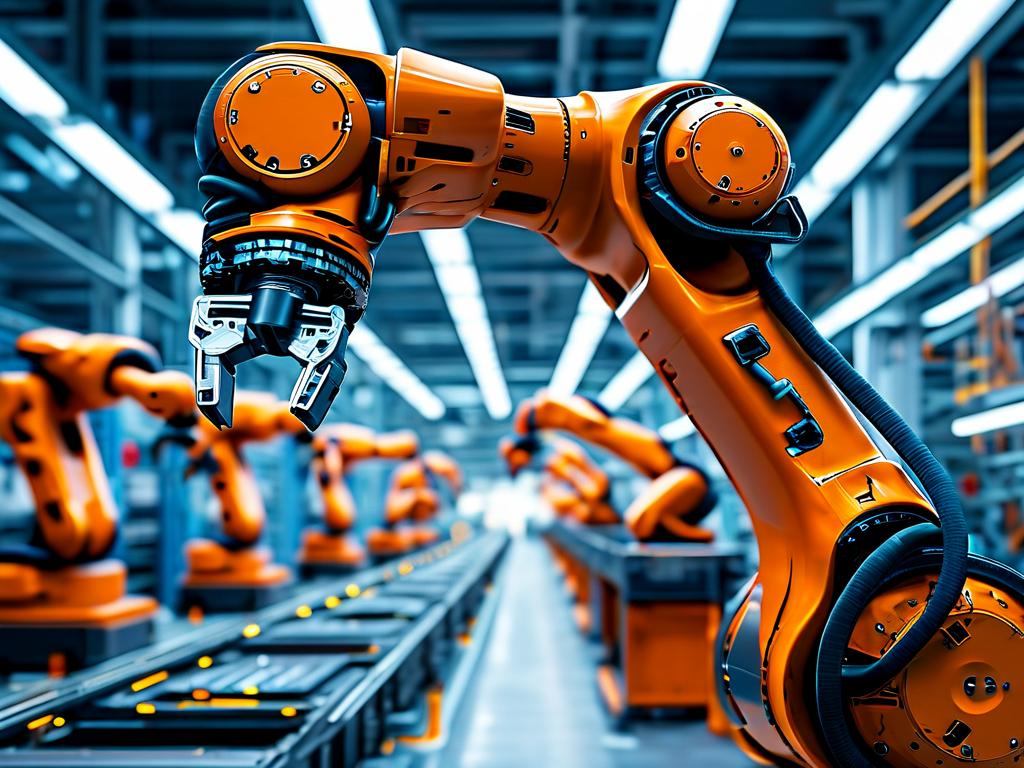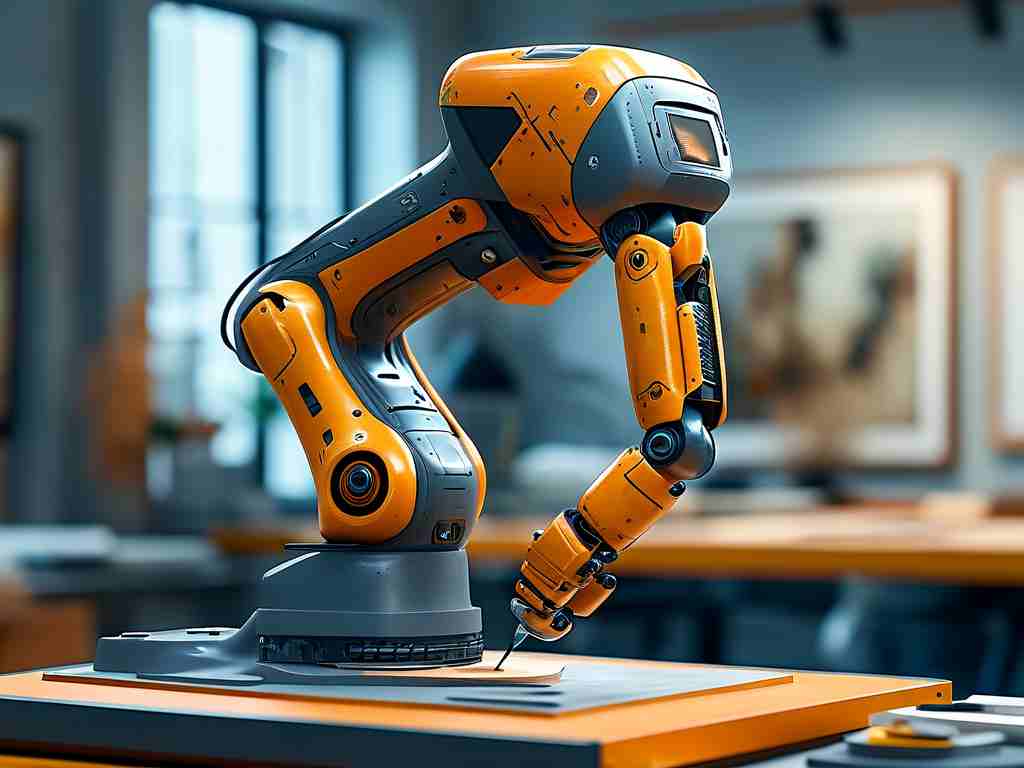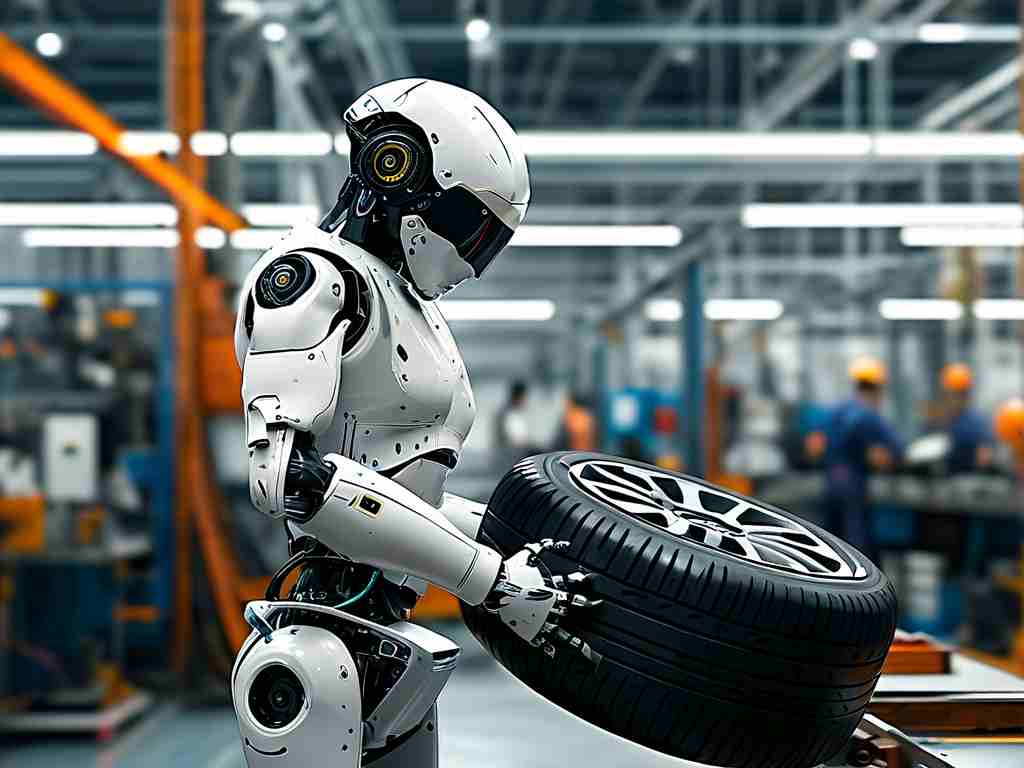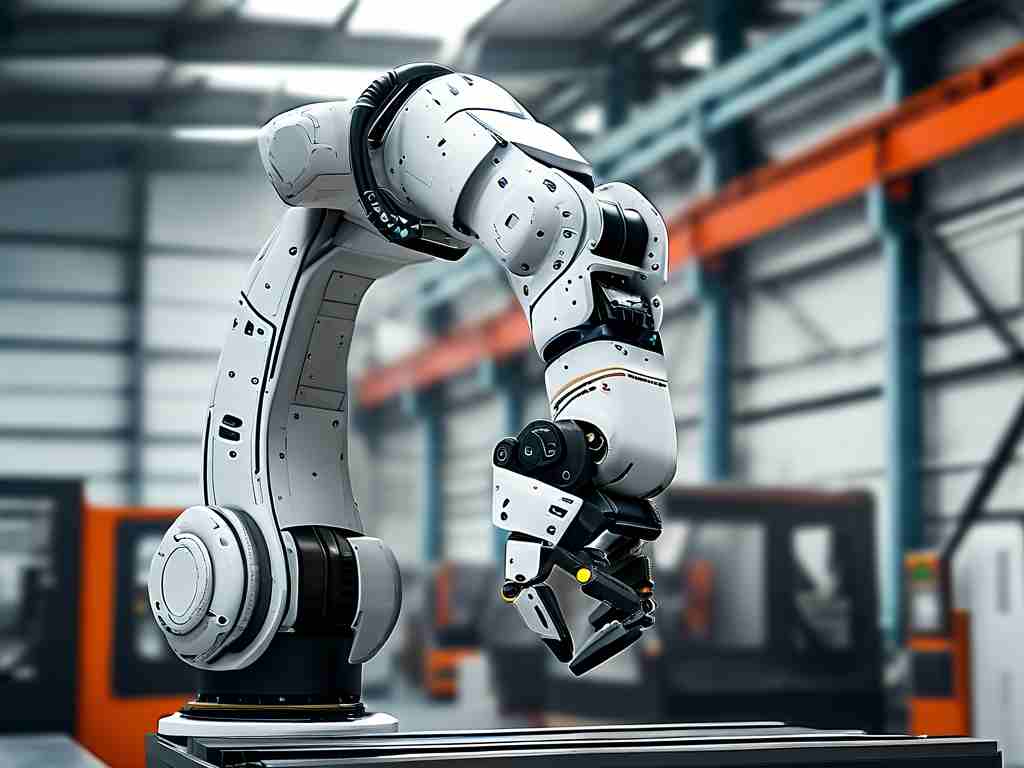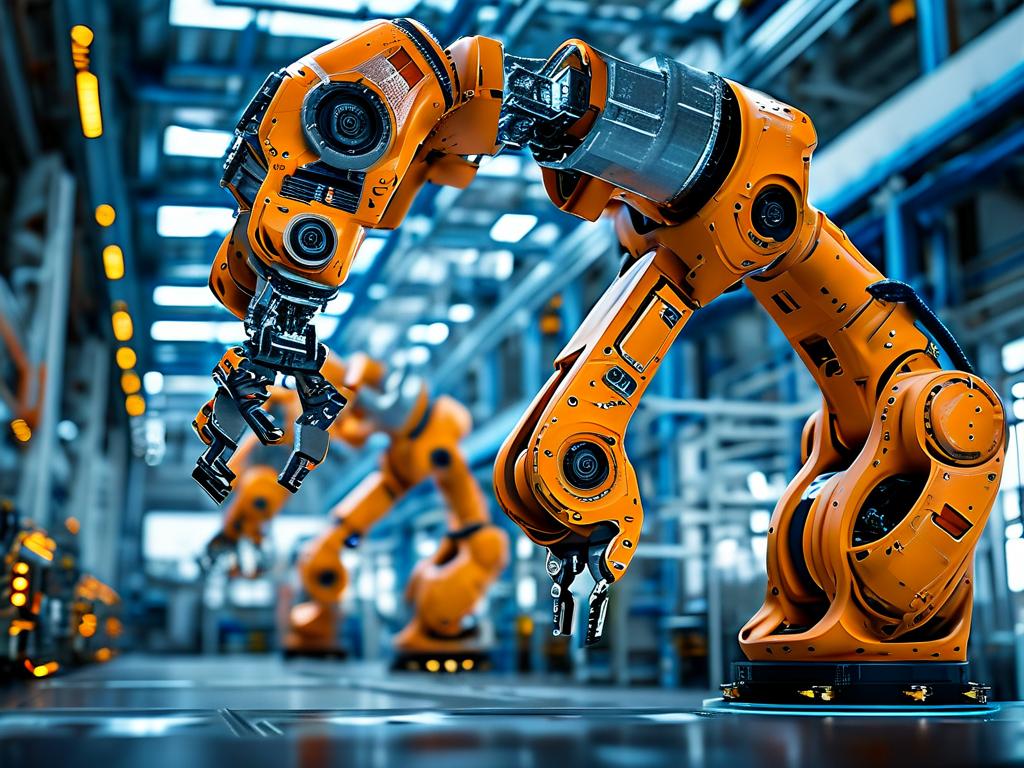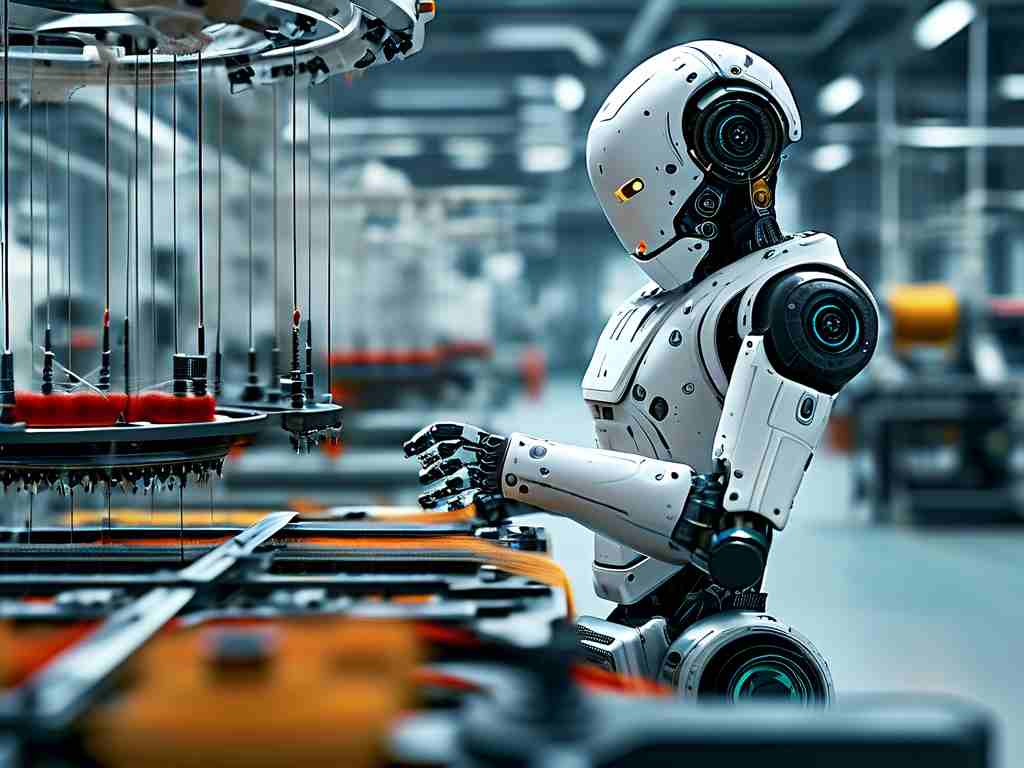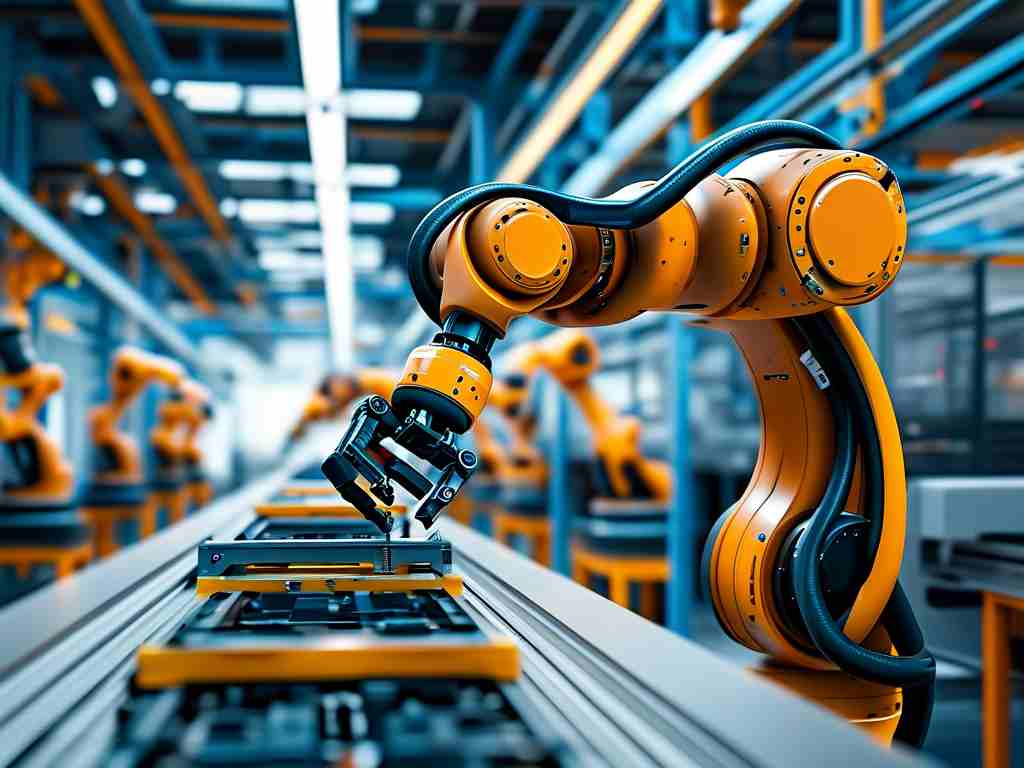In today’s rapidly evolving industrial landscape, robotic drilling technology has emerged as a game-changer, offering unparalleled precision, efficiency, and adaptability. This innovative approach to material processing is reshaping industries ranging from aerospace to automotive manufacturing. By integrating advanced robotics with cutting-edge drilling systems, businesses are achieving higher productivity while minimizing operational costs. Let’s explore the key advantages that make this technology indispensable in modern production environments.

Precision and Consistency
One of the most significant benefits of robotic drilling lies in its ability to maintain micron-level accuracy across thousands of operations. Unlike manual drilling, which is prone to human fatigue and variability, robotic systems execute programmed paths with unwavering consistency. In aerospace applications, for instance, where turbine blade drilling requires tolerances under 0.01 mm, robots achieve defect rates below 0.1%. This precision not only ensures product quality but also reduces material waste caused by errors.
Enhanced Productivity
Robotic drilling systems operate 24/7 without compromising speed or accuracy. A single robotic arm can perform complex drilling sequences up to 3x faster than skilled technicians while simultaneously handling multiple tools. Automotive manufacturers report 40% shorter production cycles after implementing robotic drilling cells. The technology’s multi-axis mobility allows access to challenging geometries—such as curved surfaces or internal cavities—that traditional drill presses cannot reach efficiently.
Improved Workplace Safety
By automating high-risk drilling tasks, companies significantly reduce occupational hazards. Robots excel in environments with extreme temperatures, toxic materials, or repetitive motion risks. A recent study in heavy machinery manufacturing showed a 72% decrease in workshop injuries after deploying robotic drilling units for overhead and confined-space operations. This safety boost aligns with modern workplace regulations while lowering insurance costs.
Adaptive Intelligence
Modern robotic drilling systems incorporate machine vision and force-sensing capabilities. These features enable real-time adjustments during operation—for example, automatically compensating for material thickness variations or tool wear. In shipbuilding, where steel plate irregularities are common, adaptive robots maintain optimal drilling parameters without manual recalibration. Such smart functionality minimizes downtime and extends equipment lifespan.
Cost-Effectiveness
While initial investment costs may appear steep, robotic drilling delivers long-term financial benefits. Manufacturers typically recover setup costs within 12-18 months through reduced labor expenses and higher output volumes. A case study from an electronics assembly plant revealed a 30% reduction in per-unit drilling costs after automation. Additionally, predictive maintenance algorithms in modern systems prevent unexpected breakdowns, further optimizing operational budgets.
Sustainability Advantages
Robotic drilling contributes to greener manufacturing practices. Precision operations reduce material scrap by up to 25% compared to conventional methods. Energy-efficient servo motors and optimized drilling paths lower power consumption, with some systems achieving 15% energy savings. These environmental benefits help companies meet sustainability targets while appealing to eco-conscious clients.
Scalability and Flexibility
Modular robotic drilling systems adapt seamlessly to evolving production needs. A single workstation can be reprogrammed overnight for new product lines—a critical advantage in industries with short product lifecycles. During the recent global chip shortage, semiconductor manufacturers leveraged this flexibility to repurpose drilling robots for different wafer sizes within 48 hours, avoiding production halts.
As industries continue to embrace Industry 4.0 principles, robotic drilling technology stands at the forefront of manufacturing innovation. Its unique combination of precision, efficiency, and intelligence addresses critical challenges in quality control, workforce management, and operational scalability. Companies adopting this technology position themselves to thrive in competitive markets while future-proofing their production capabilities. The ongoing integration of AI-driven analytics and IoT connectivity promises even greater advancements, ensuring robotic drilling remains central to next-generation manufacturing strategies.


